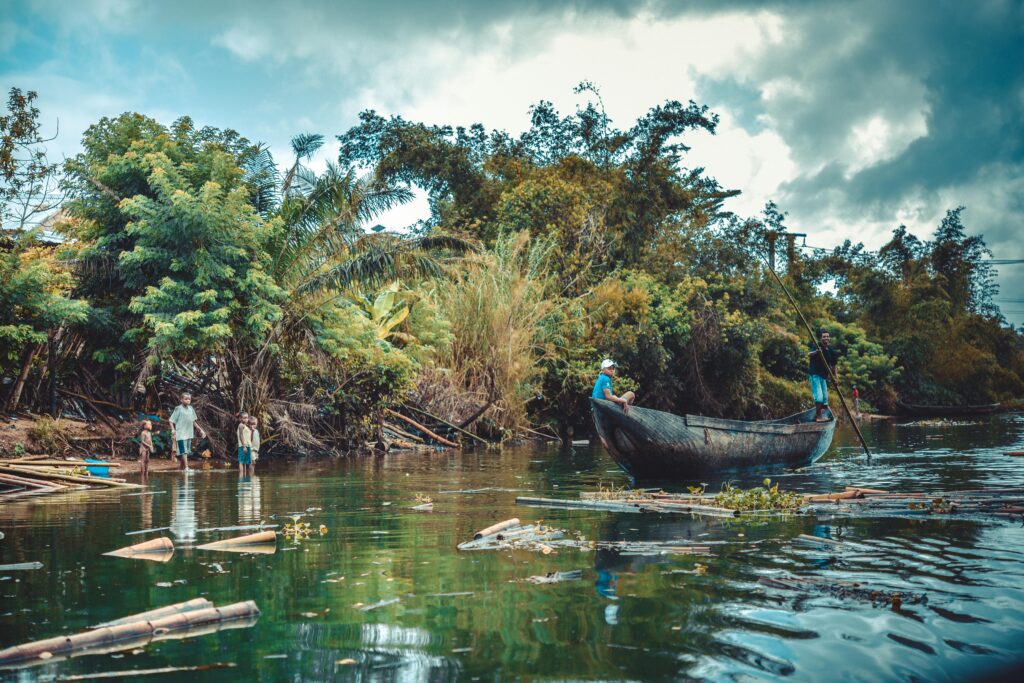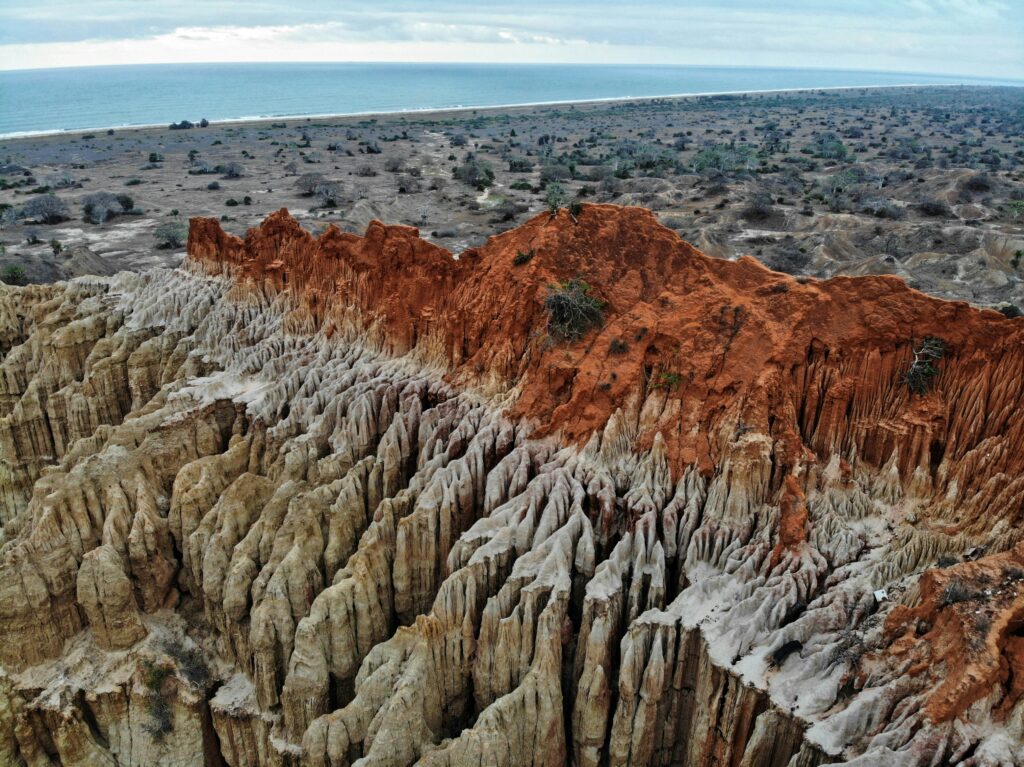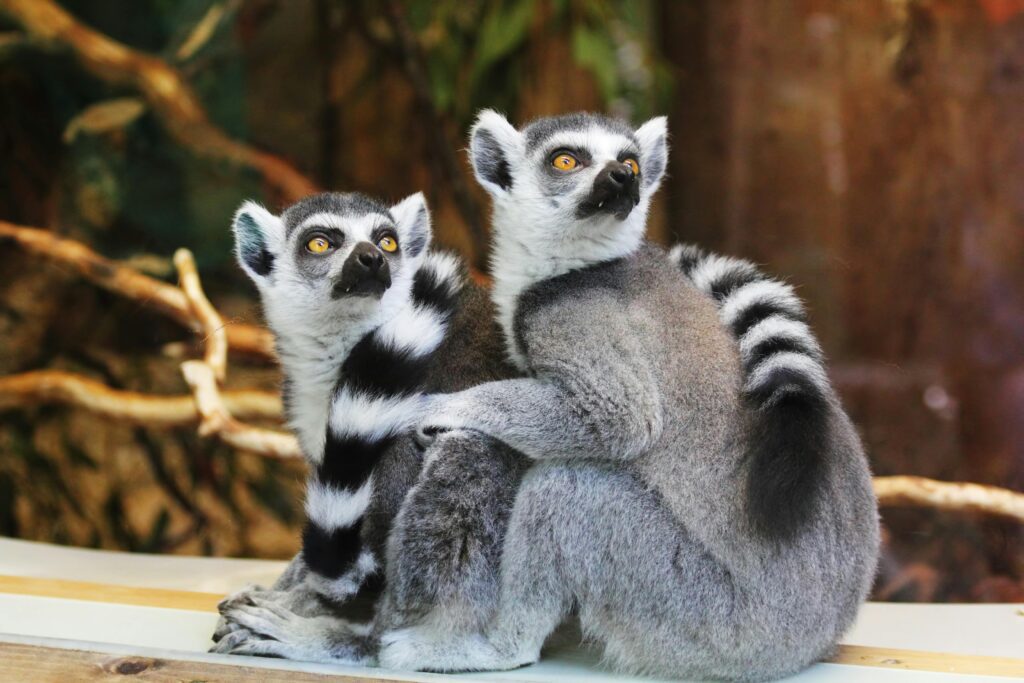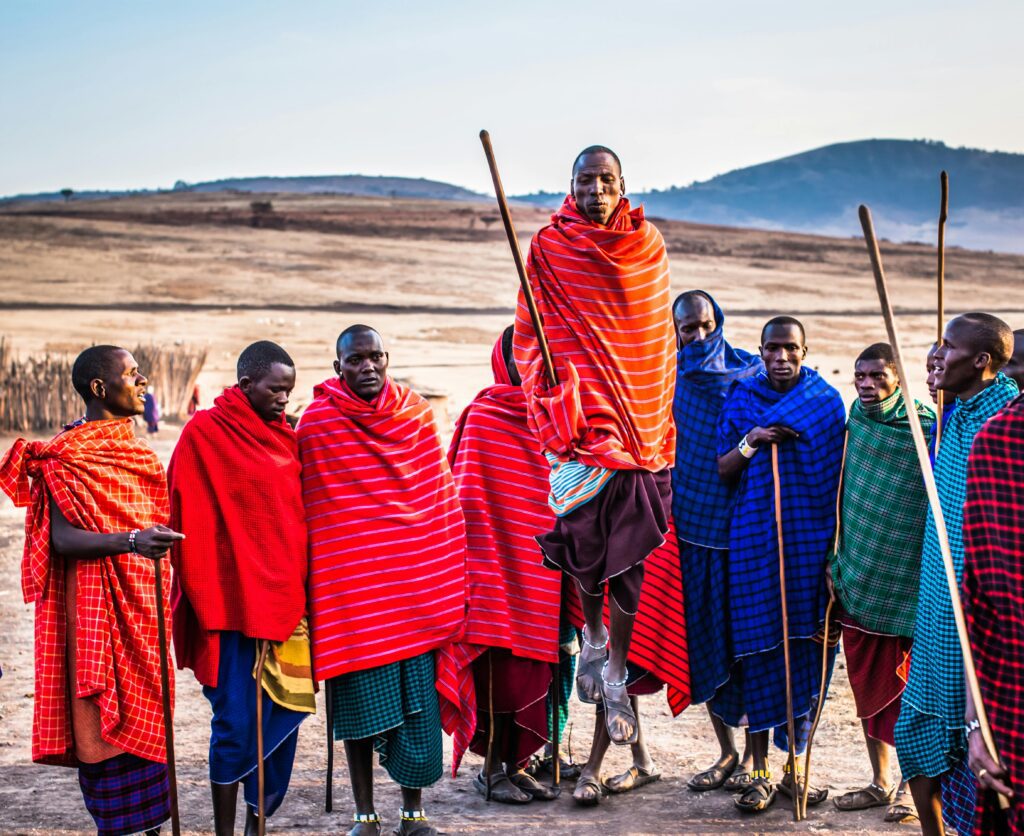“Discover hidden gems of Tsingy, Madagascar. Explore off-the-beaten-path wonders most tourists miss.”
Introduction: A Geological Wonderland

Children playing with the boat in Tsingy Madagascar
Tsingy de Bemaraha National Park, a UNESCO World Heritage Site, is one of Madagascar’s most surreal landscapes. Known for its razor-sharp limestone formations (called tsingy, meaning “where one cannot walk barefoot”), this park offers an otherworldly adventure. Beyond its dramatic karst pinnacles, the park is a biodiversity hotspot, home to lemurs, rare birds, and endemic reptiles.
Standing atop the Grand Tsingy at sunrise, I felt like I was on another planet. The morning mist curled around the jagged peaks, and the distant calls of crested ibises echoed through the canyons. It’s a place where nature’s raw power is on full display—a labyrinth of stone that has been sculpted by wind and water over millions of years.
This guide covers:
✔ Best time to visit for ideal weather
✔ Top attractions & hidden gems
✔ A detailed 3-day itinerary with hour-by-hour activities
✔ Practical travel tips, costs, and transportation
✔ Local culture, etiquette, and food experiences
✔ Unique accommodations and restaurant recommendations
✔ FAQ section with essential travel advice
When to Visit for the Best Experience
Dry Season (April–November): Ideal for Exploration
- April–June: Cooler temperatures (20–28°C), lush greenery, and fewer tourists. The trails are dry, making it perfect for hiking.
- July–October: Peak season; clear skies, ideal for photography. Expect more visitors, so book accommodations early.
- November: Transition month; occasional rain but lower crowds. A great time for solitude.
Wet Season (December–March): Challenging but Rewarding
- Heavy rains render roads nearly impassable (4WD is mandatory). The Manambolo River swells, making some areas inaccessible.
- Fewer visitors mean a more secluded experience, but many lodges close. Wildlife is more active, though—keep an eye out for fossas and rare birds.
Best Month: May–September (optimal weather & accessibility).
Personal Insight: Visiting in late May, I had the Petit Tsingy almost to myself. The post-rain greenery contrasted stunningly with the gray limestone, and the air was filled with the scent of wild jasmine.
Top Attractions & Off-the-Beaten-Path Locations
1. Grand Tsingy Circuit
- Highlights: Suspension bridges swaying over 100-foot drops, panoramic viewpoints like “La Fenêtre” (The Window), and narrow canyons where sunlight barely penetrates.
- Difficulty: Moderate to challenging. The via ferrata sections require harnesses and a head for heights.
- Wildlife: Spot white sifakas leaping between tsingy peaks and Madagascar fish eagles soaring overhead.
2. Petit Tsingy
- Perfect for beginners: Well-marked trails wind through shorter limestone formations. Kids and casual hikers can enjoy this area.
- Wildlife Spotting: Decken’s sifaka lemurs are often seen here, along with the vibrant Madagascar kingfisher.
3. Manambolo River Gorge
- Hidden Gem: Glide through the gorge in a traditional pirogue (dugout canoe). The cliffs rise 300 feet, adorned with nesting bee-eaters.
- Local Tip: Visit at sunset when the water mirrors the golden hues of the canyon walls.
4. Andadoany Cave

- Adventure: A guided spelunking trip reveals underground rivers, glittering stalactites, and blind fish species.
- Best Time: Morning, when the cave is cool and bat activity is minimal.
5. Bekopaka Village
- Cultural Stop: Visit the local market for handmade baskets and zebu horn crafts. The Sakalava people are warm and often invite visitors to share a cup of ranonapango (rice water tea).
Local Experiences & Cultural Encounters
Meeting the Sakalava People
The Sakalava are the dominant ethnic group in western Madagascar. Their traditions are deeply tied to nature and ancestor worship.
- Personal Anecdote: I joined a village elder in Morondava who shared stories of tromba (spirit possession) rituals. During one ceremony, a woman entered a trance, channeling her ancestors—an eerie yet mesmerizing experience.
- Etiquette Tip: Always ask before taking photos of people or sacred sites. A small gift (like fruit or school supplies) is appreciated.
Authentic Food Spots & Signature Dishes
- Romazava: Madagascar’s national dish—a hearty beef stew with leafy greens, ginger, and tomato. Best tried at Chez Maggie in Bekopaka.
- Koba akondro: A sweet dessert of mashed bananas, peanuts, and rice flour, wrapped in banana leaves. Find it at the Bekopaka Market.
- Fresh Seafood: Le Relais des Tsingy serves grilled capitaine (Nile perch) with coconut rice.
Pro Tip: Always carry small bills (Ariary) for rural purchases—vendors rarely have change.
Unique Accommodations: Where to Stay
| Option | Price Range (USD) | Best For | Notable Features |
|---|---|---|---|
| Olympe du Bemaraha | $80–$120/night | Luxury seekers | Riverside tents, solar-powered showers, guided sunset walks |
| Hotel Orchidée | $40–$60/night | Mid-range travelers | Pool, on-site restaurant with Malagasy-French fusion cuisine |
| Camping Croco | $10–$20/night | Budget backpackers | Social bonfires, basic but clean facilities |
Book Early: Lodges fill quickly in peak season!
Detailed 3-Day Itinerary
Day 1: Arrival & Petit Tsingy Exploration
- 6:00 AM: Depart Morondava early to avoid midday heat. Stop at Baobab Alley for sunrise photos.
- 12:00 PM: Lunch in Bekopaka at Le Tsingy Café (try the zebu skewers).
- 2:00 PM: Guided hike through Petit Tsingy. Look for sifakas and chameleons.
- 6:00 PM: Sunset pirogue ride on the Manambolo River.
- 8:00 PM: Dinner under the stars at Olympe du Bemaraha.
Day 2: Grand Tsingy Adventure
- 7:00 AM: Breakfast, then drive to the Grand Tsingy trailhead.
- 9:00 AM: Harness-assisted climb with a guide. Don’t miss the “Cathedral” viewpoint.
- 1:00 PM: Picnic lunch at Andadoany Cave.
- 3:00 PM: Explore the cave’s hidden chambers.
- 7:00 PM: Stargazing at camp—the Milky Way is visible most nights.
Day 3: Wildlife & Cultural Immersion
- 6:00 AM: Canoe trip to spot crocodiles and African pygmy kingfishers.
- 10:00 AM: Visit a Sakalava village. Participate in a traditional dance workshop.
- 2:00 PM: Return to Morondava, stopping at Kirindy Forest for fossa sightings.

Practical Tips for Exploring
Getting There
- From Antananarivo: Fly to Morondava (1.5 hrs, ~$150 round-trip), then a 10-hour 4WD journey to Bekopaka (~$200/day for rental).
- Public Transport: Weekly taxi-brousses (bush taxis) run from Morondava but are cramped and unreliable.
Costs (Per Person)
- Park Fees: $25/day (includes mandatory guide).
- Meals: $5–$15/day (local eateries) or $20–$40 (lodges).
- 4WD Rental: $150–$200/day (fuel included).
Packing List
- Sturdy hiking boots (the tsingy will shred sneakers)
- Lightweight harness (if doing Grand Tsingy independently)
- Solar-powered charger (electricity is sporadic)
Safety Note: Avoid solo hikes—guides are mandatory for most trails due to the hazardous terrain.
Photography Opportunities
- Golden Hour: The tsingy’s shadows create dramatic contrasts at sunrise (5:30–6:30 AM).
- Wildlife: A 70–300mm lens is ideal for lemurs and birds.
- Drone Rules: Permits required (apply via Madagascar National Parks).
Pro Tip: Pack a polarizing filter to reduce glare on the limestone.
Frequently Asked Questions
1. Is Tsingy de Bemaraha safe for solo travelers?
Yes, but guided tours are strongly recommended due to the rugged terrain and lack of signage. Solo hikes are prohibited in many areas.
2. Are there ATMs in Bekopaka?
No—bring enough cash (Ariary) for your entire stay. USD/Euro exchanges are possible but at poor rates.
3. Can I visit in December?
Possible, but roads may be flooded. Check with locals and hire an experienced 4WD driver.
4. What’s the best way to see lemurs?
Early morning hikes near Petit Tsingy offer the best sightings. Listen for their distinctive calls.
5. Do I need vaccinations?
Yellow fever proof is required if arriving from an endemic country. Malaria prophylaxis is advised—consult a travel clinic.
Conclusion: Start Your Adventure Today!
Tsingy de Bemaraha is a once-in-a-lifetime destination blending adventure, wildlife, and culture. Whether you’re crossing suspension bridges or sharing a meal with locals, every moment here is unforgettable.
Tip: “Limited tour slots available—book your Tsingy adventure now!”
Keywords:
Tsingy de Bemaraha National Park Madagascar travel best time to visit Tsingy de Bemaraha National Park what to do in Tsingy de Bemaraha National Park Tsingy de Bemaraha National Park attractions how to get to Tsingy de Bemaraha National Park Madagascar



